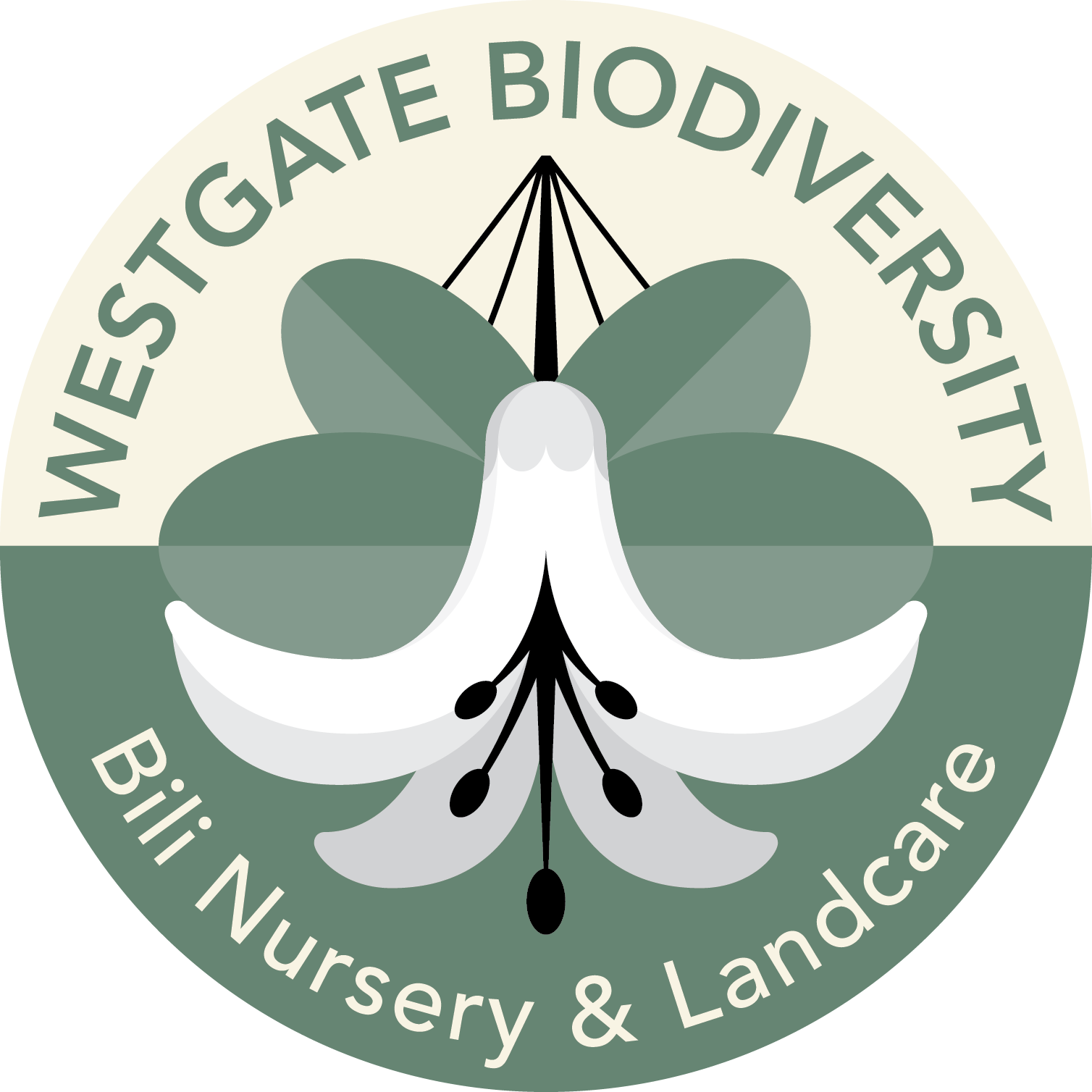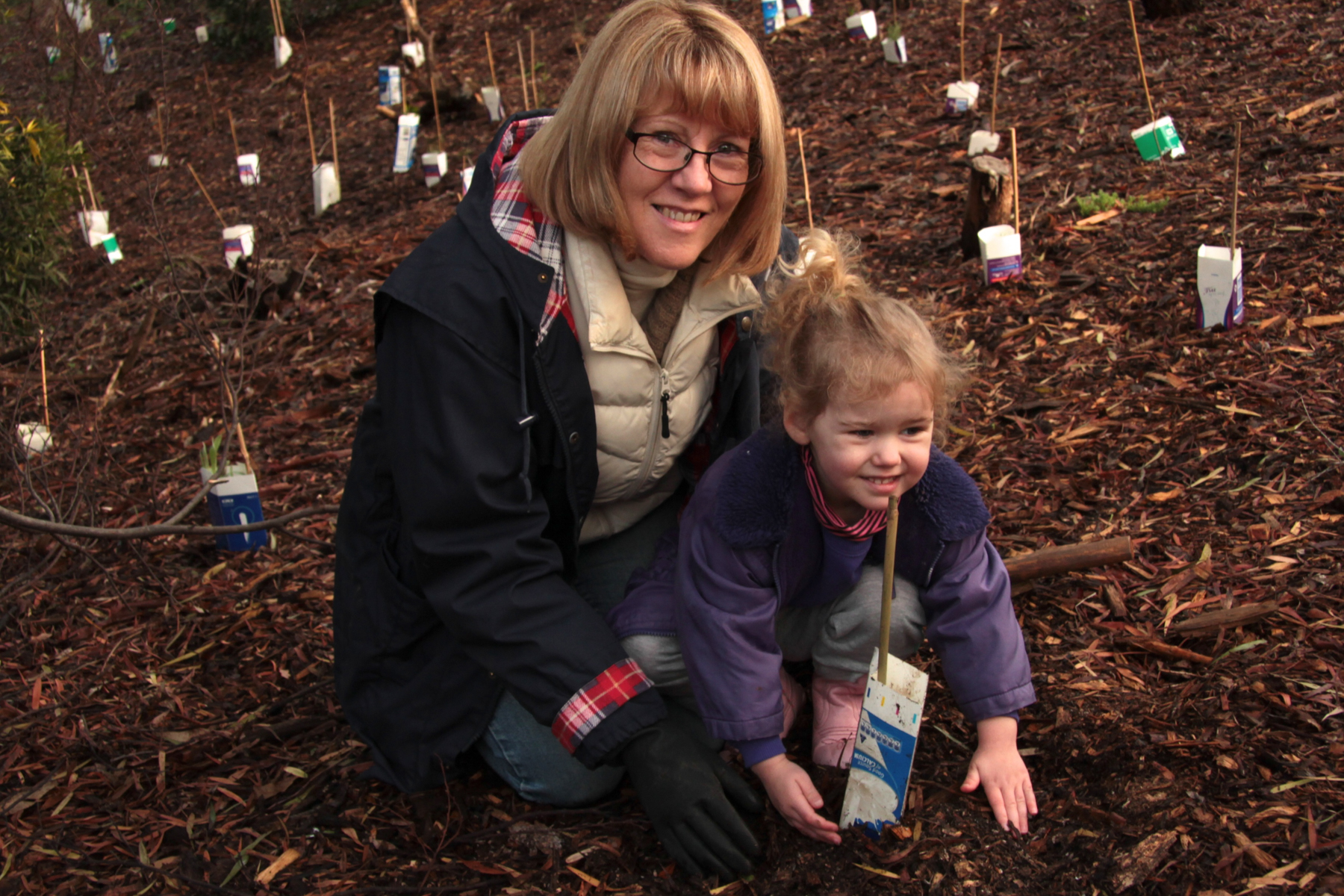2 June bird survey

An issue of concern as reported by Ursula is that the number of surviving Black Swan cygnets is diminishing and now down to three from an original total of six (5 on 23/5 and 4 on 26/5). The cause of this decline is most likely Red Fox predation with further proof after Ursula located their den in the park. Parks Victoria (or should it be Melbourne CC?) have been informed and hopefully some action will be taken to eradicate these ferals from the park. This should be followed up by someone representing Westgate Biodiversity to ensure action has been taken, as the survival of many other birds could be at stake.
The most significant observations over the past month have been brief visits by two Powerful Owls, first a female on 19 May followed by a male that was recorded today. Also, Ursula managed to capture some rarely taken images of the Musk Duck with prey and coming up on land to rest – usually they remain on the water.
The occasional light rain over the last month has brought little relief and scattered trees continue to die across the park. However, the ford to the island in the freshwater lake is still under water. Nevertheless, as the above list shows, the biodiversity of the park continues to be pleasing. Moreover, the number of swallows suggests reasonable insect populations.
5 May bird survey

Water levels in the main lakes continue to fall, which probably encourages waders, such as egrets and herons, to return to the park. The Black Swans have just reared six cygnets, which is unusual in abnormally dry conditions we are now experiencing. In other wetland areas around Melbourne, such as the Eastern Treatment Plant the swans are not breeding.
Besides the two raptors – both photographed beautifully by Peter Petinatos – the highlight was hearing the call of a Mistletoe-bird. We have been waiting for this species to come to the park in response to the program over the last 2-3 years that broadly introduced several species of mistletoe. Mistletoe is a very useful plant in that it increases food supplies for insects and birds by flowering during summer and autumn; provides cover and nesting sites; and recycles nutrients. And the flowers are very appealing.
There have been some very interesting sightings over the last month, particularly an immature female Rose Robin, Southern Boobook (both nicely photographed by Ursula), Yellow-billed Spoonbill and Red-rumped Parrot. The latter, recorded and hopefully correctly identified on eBird could well become established in Westgate Park as the red gums mature. They could make use of the nest boxes already provided.
Fungi are back!
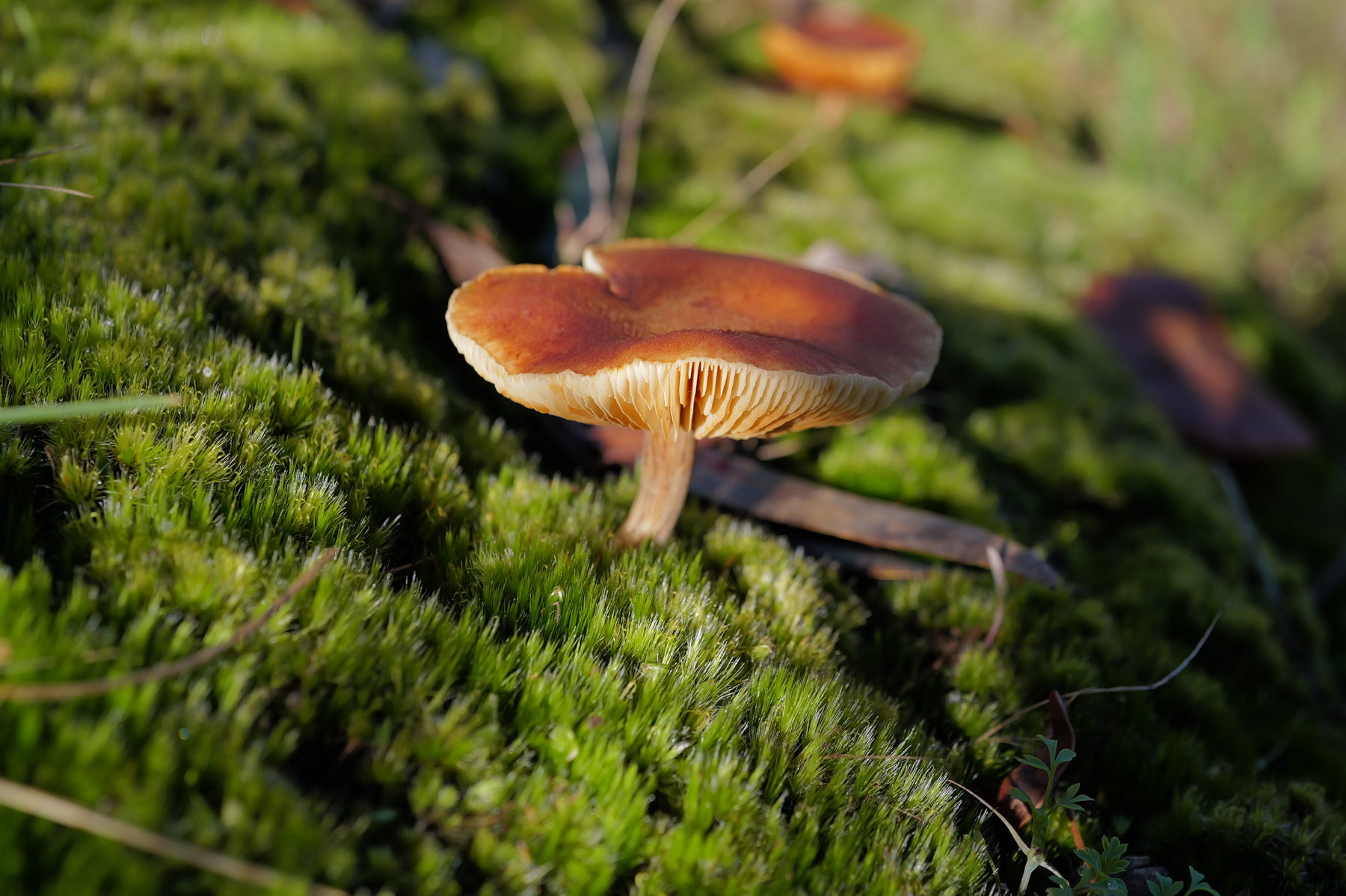
After several dry winters the rain has come fungi are now appearing at Westgate Park. Below are just a few we noticed. You are more likely to see fungi in areas where the land is relatively undisturbed and sheltered so the southern edge of the freshwater lake is a good place to start. We encourage people avoid digging them up but please take photos of what you see, look up iNaturalist Westgate Park Project and load your discovery. For that you will need to sign up as a user. Enjoy what will be a good fungi show in the next few days!
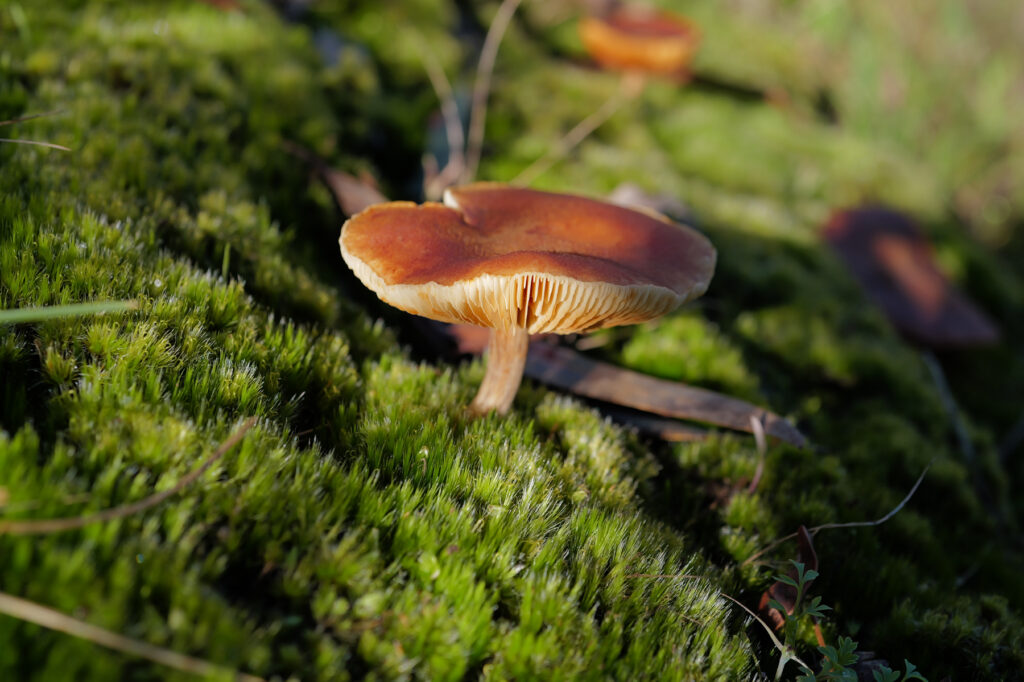
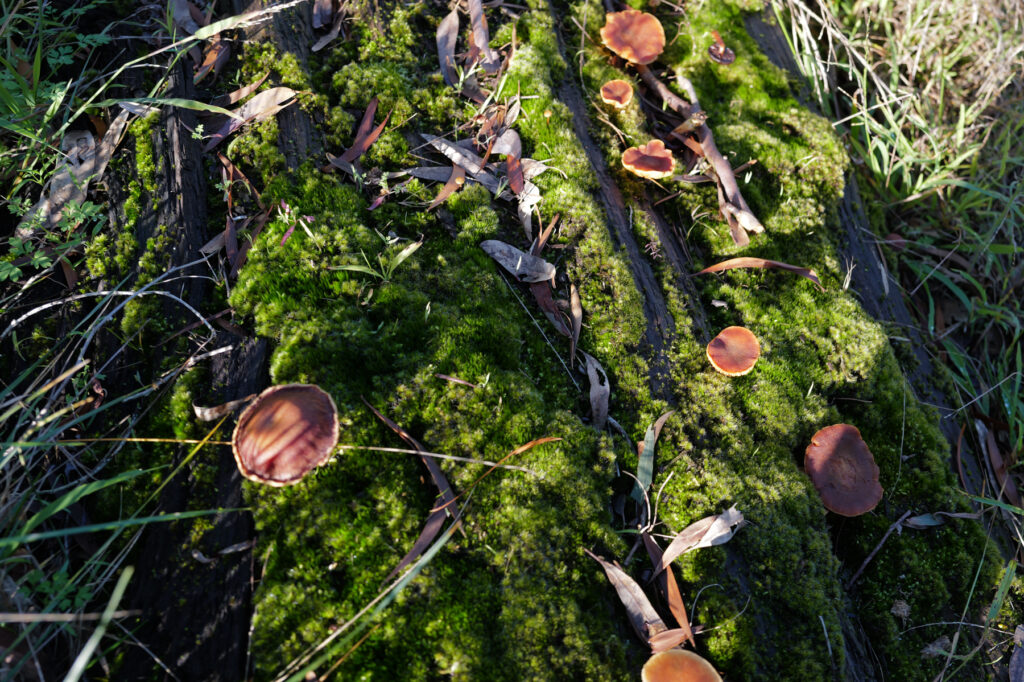
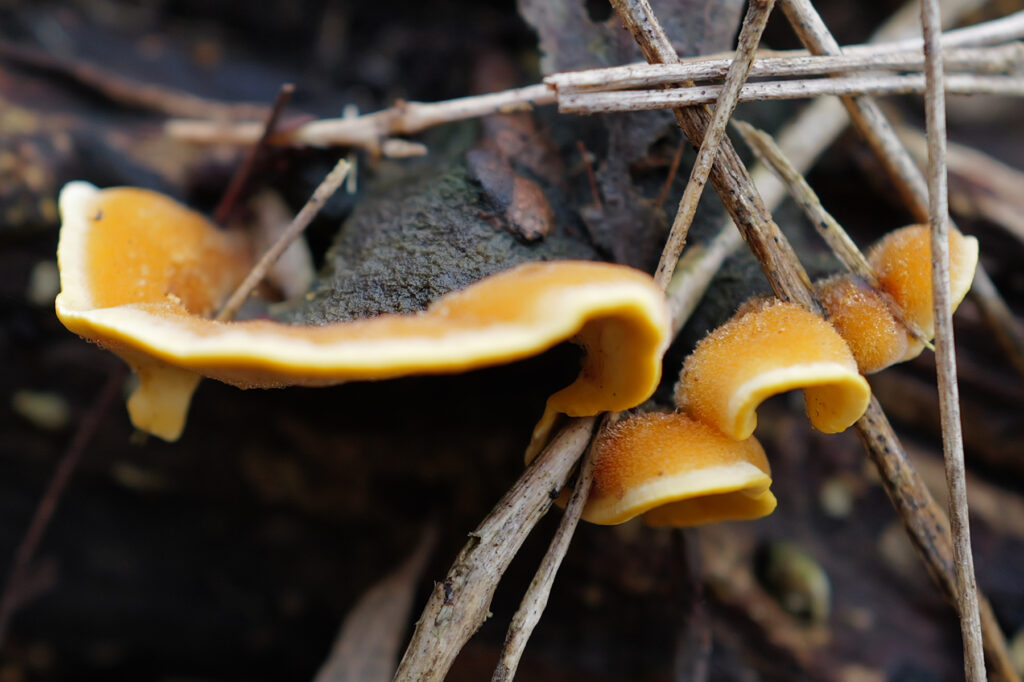
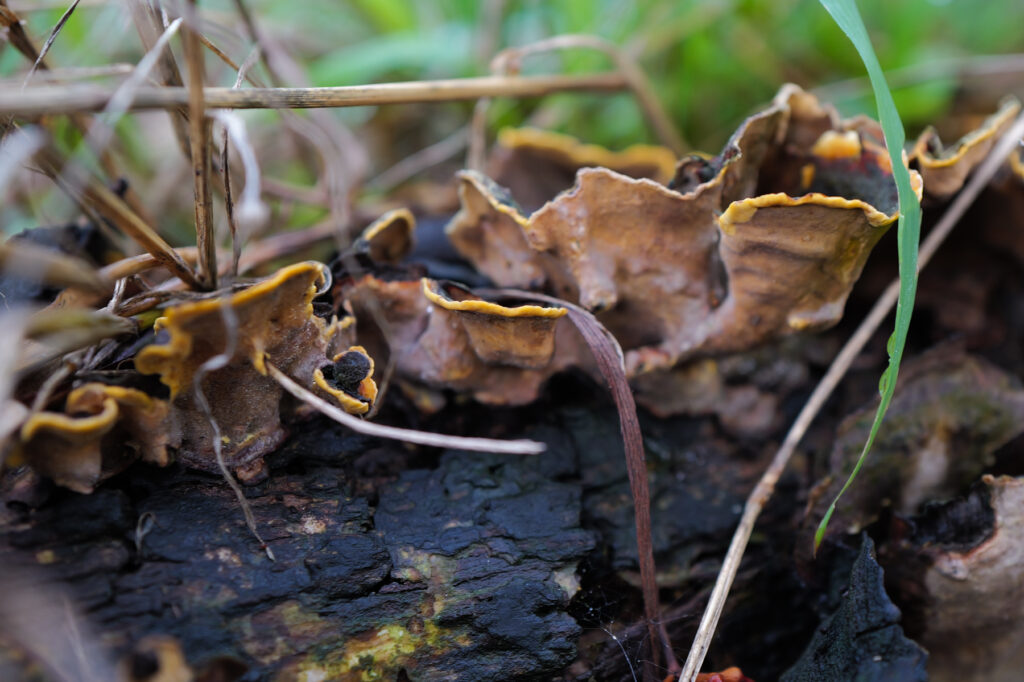
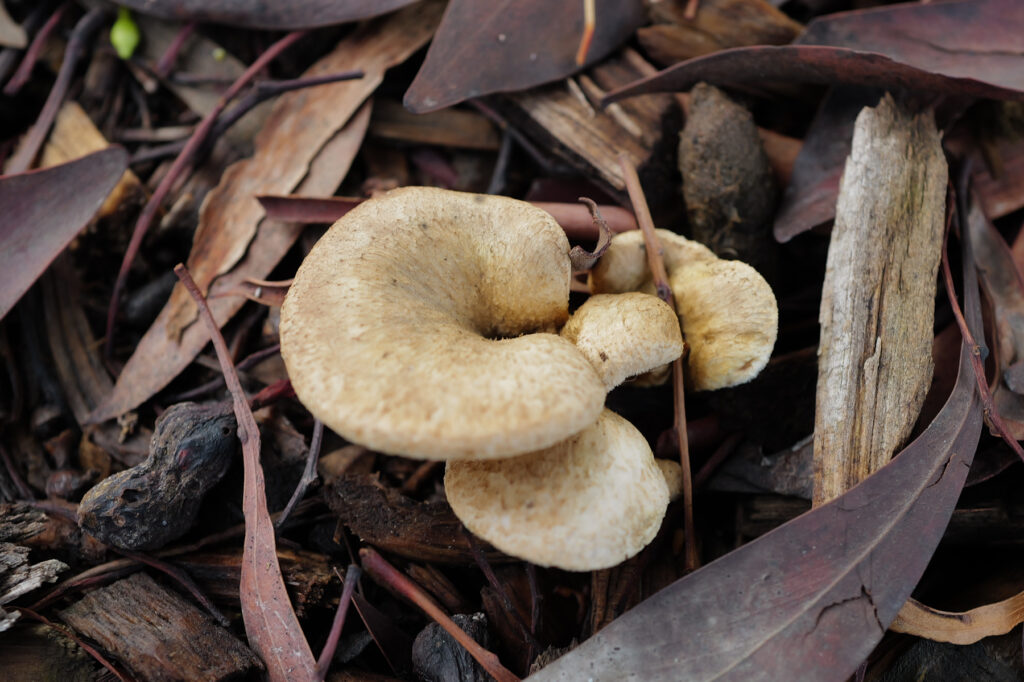
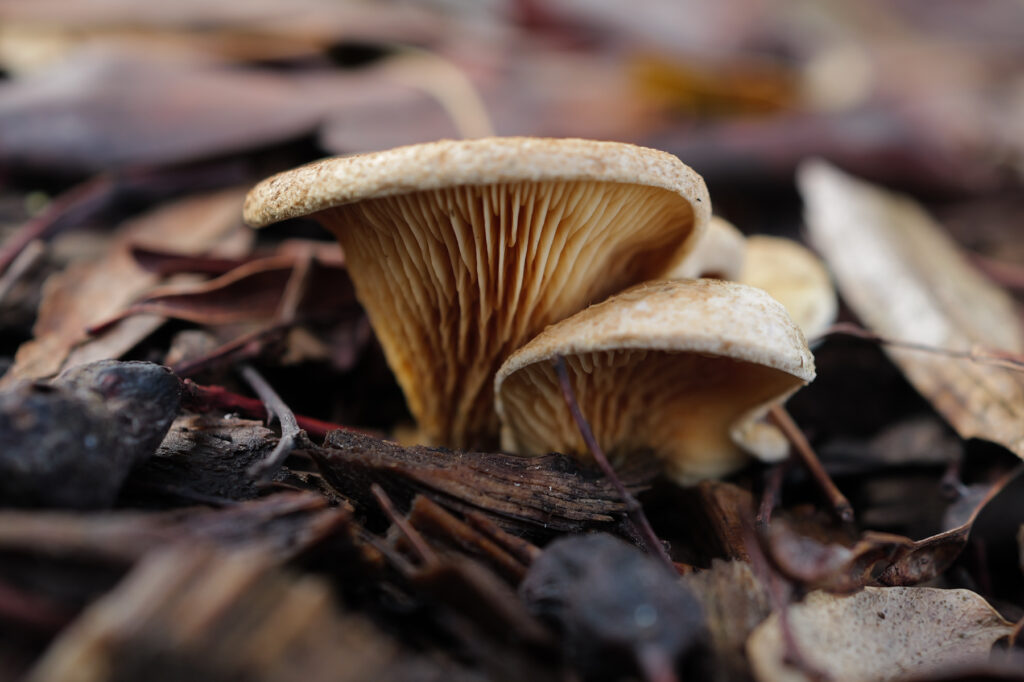
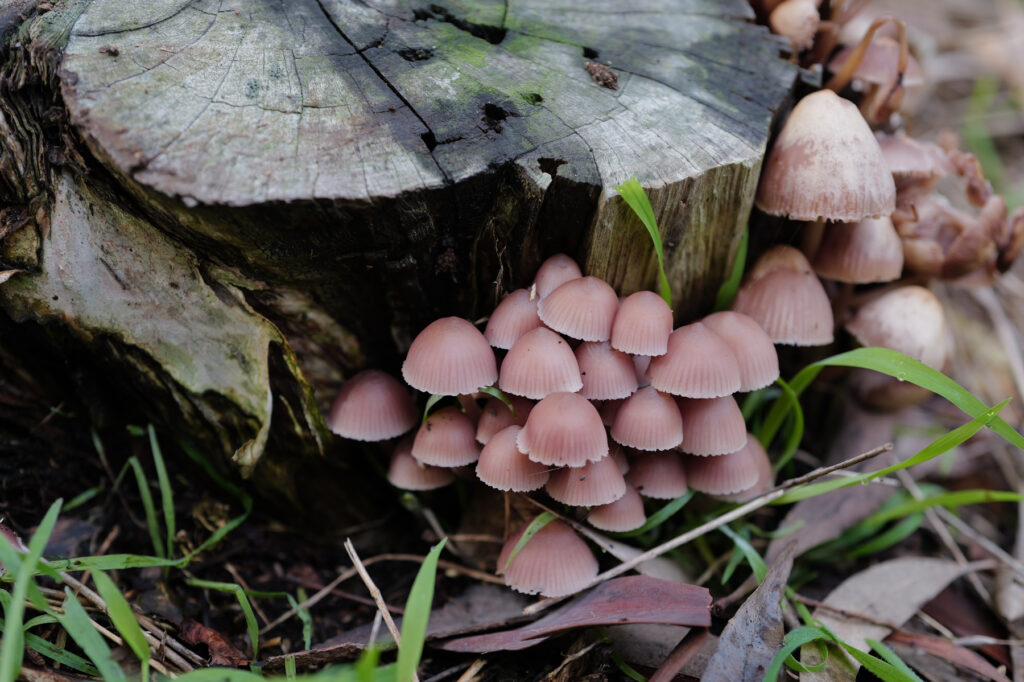
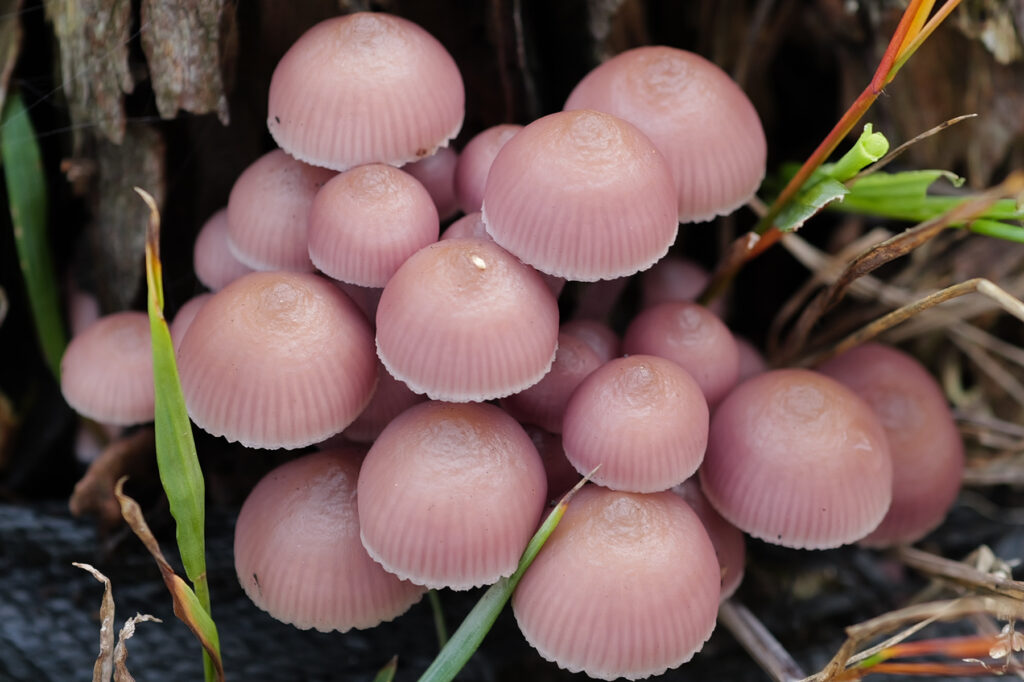
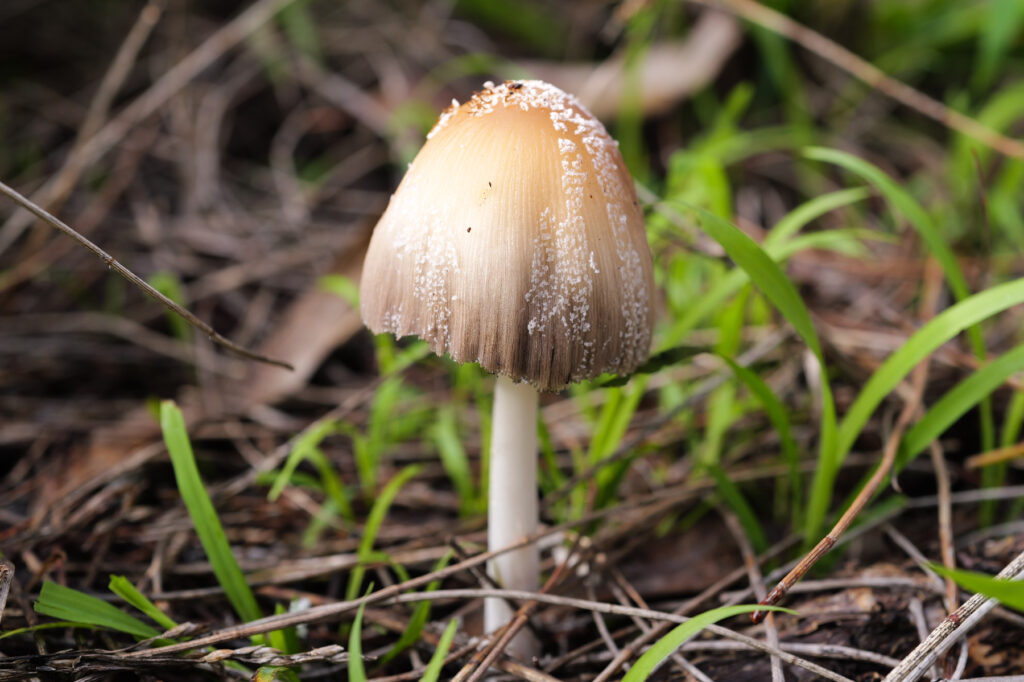
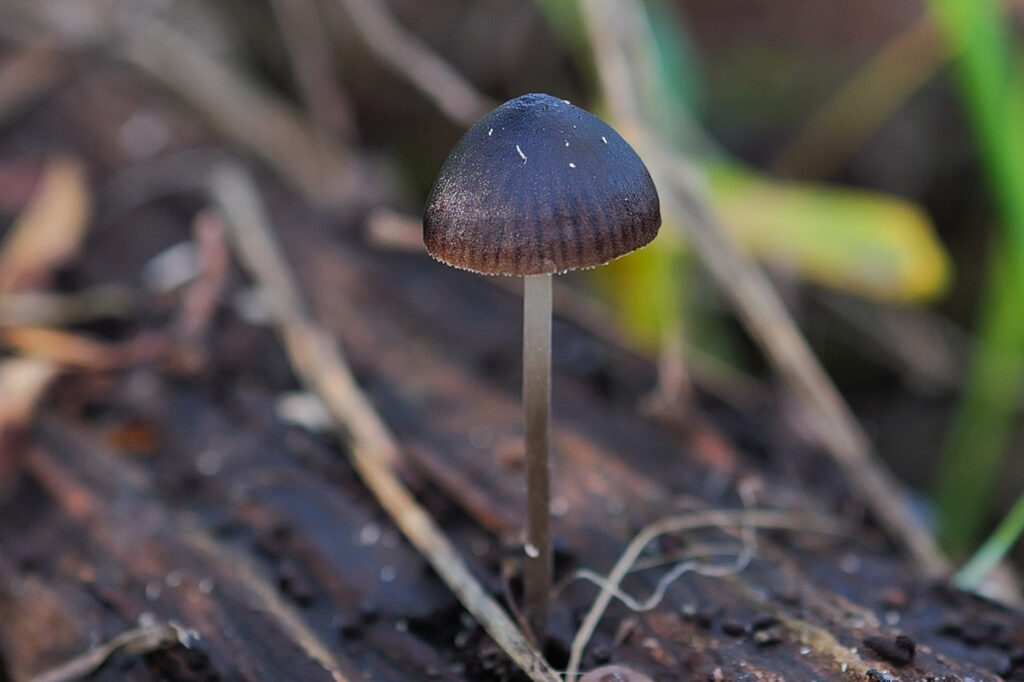
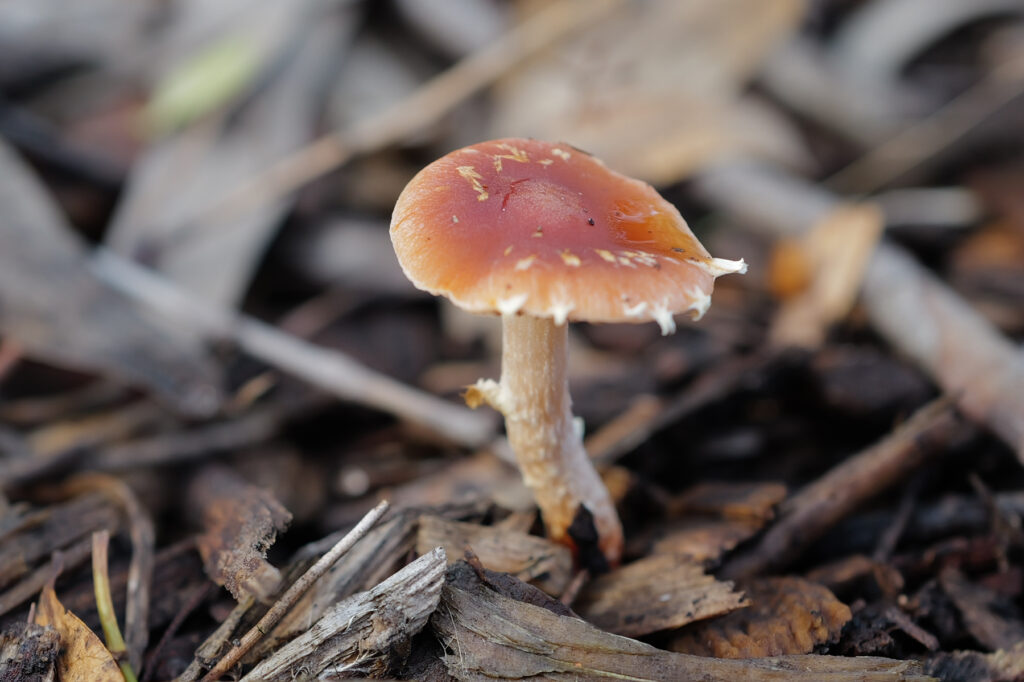

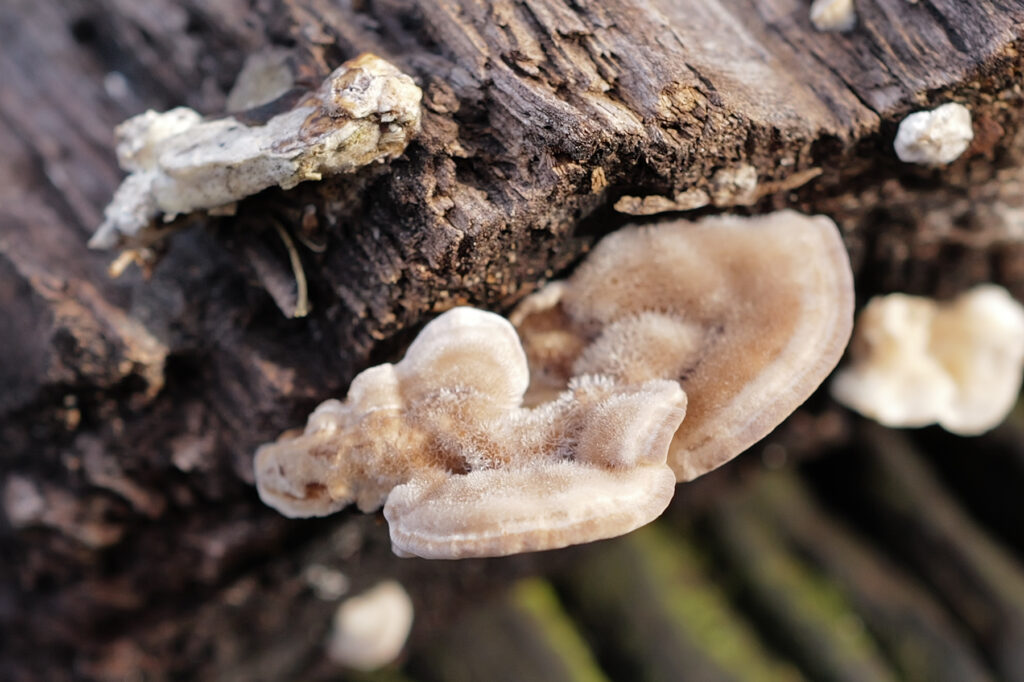
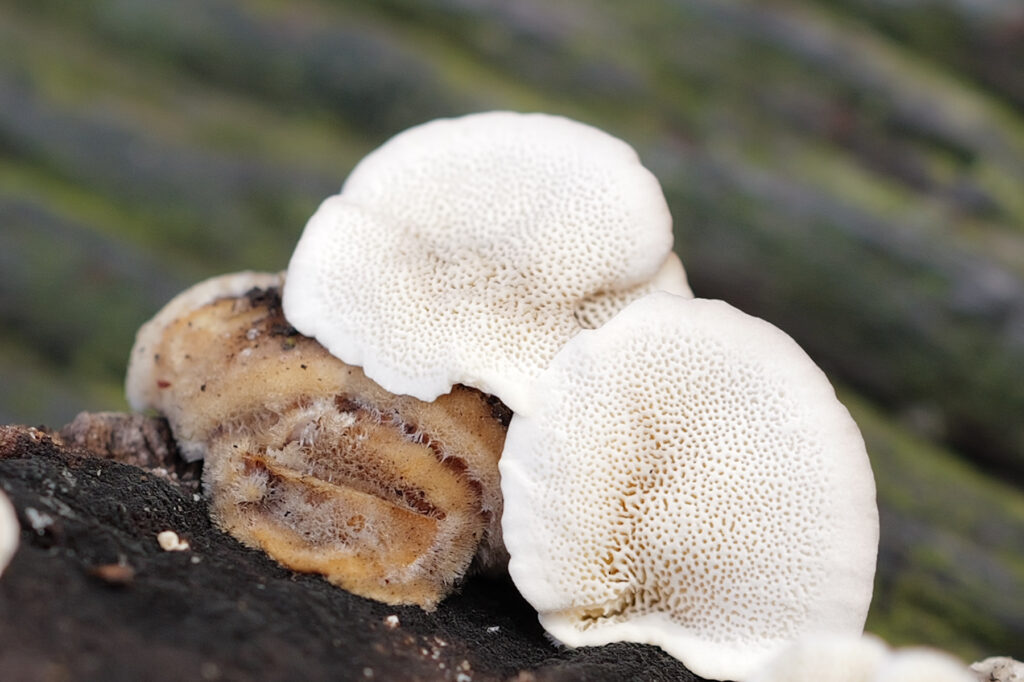
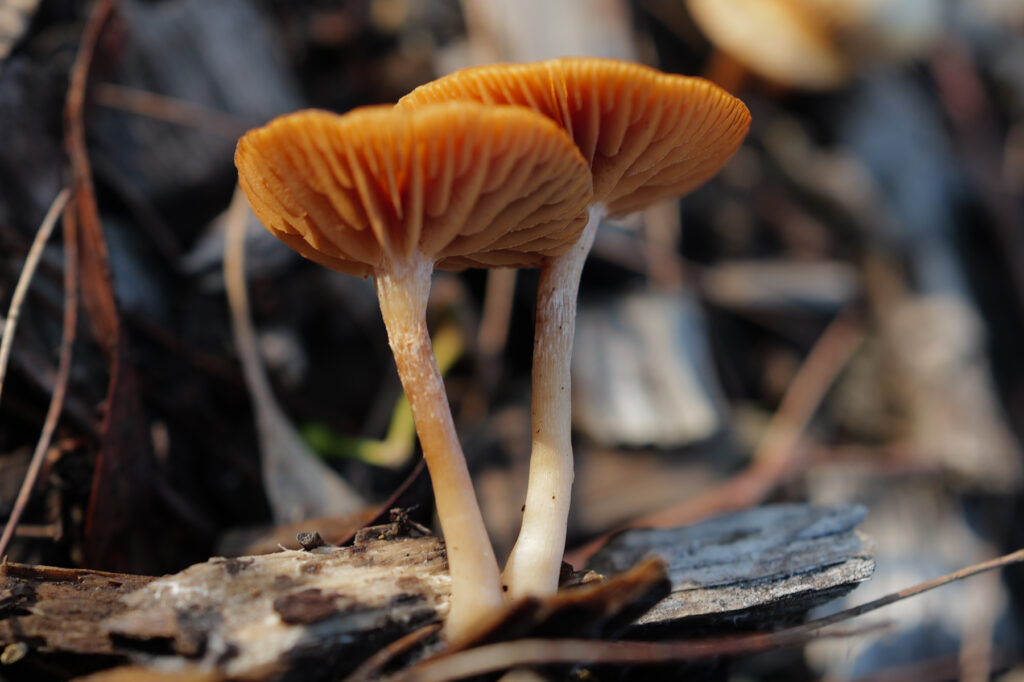
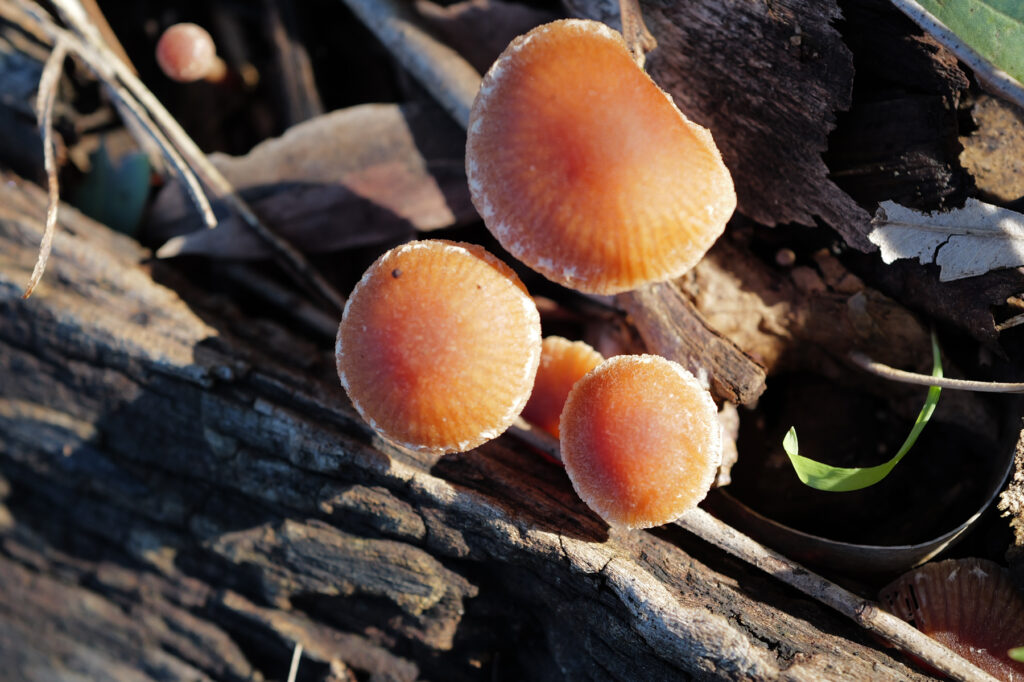
Propagation – pricking out and making cuttings
Making cuttings
Cuttings are useful for plants that have soft to firm stems and grow quickly
- Take a 10 – 20cm long cut from the top, cutting on an angle
- Cut the leaves off for the bottom 2/3rds of the cutting, making sure the last cut is just below the ‘node’ – above where the last leaf was.
- Cut in half any big leaves and remove any flowers or pods
- Make a hole in the pot about 3cm deep using a chopstick
- Lightly dip the cut end into the cutting powder and tap off excess
- Press the cutting about halfway into the soil.
- Lightly press the soil down around the pot.
- Water gently and leave in a shaded, preferably warm environment, keeping the soil damp
Pricking out
These tiny plants need to be carefully handled. Their roots have formed and they are ready to go into a small ‘tube’.
- Fill the tube with potting mix to about 2cm from the top and gently knock it down on the table
- Make a centre hole halfway down the pot, using a dibber
- Use the dibber to gently lift up the seedling
- Use tweezers to gently grasp the seedling about halfway down and lower it into the hole so the root drops down straight. The leaves should be about 1cm above the surface
- Lightly press down the soil around the plant without damaging it
- Use a fine spray to wet the pot
- Water gently and leave in a shaded, warm environment, keeping the soil damp
When new growth appears, gradually place pots in the sun. Make sure the soil is always damp but not wet. These will be ready to plant when fine roots appear through the holes in the bottom of the pot.
7 Apr bird survey

There has been very little rain over the last two months. However, both major lakes are low, but nowhere near the extremes experienced earlier this century when there was a ford linking the island to the mainland in the freshwater lake. The Salt Lake is brown in colour rather than the usual pink and has a considerable amount of what appears to be blue-green algae along the eastern shoreline. Chestnut Teal were feeding on this alga, sipping it from the surface.
Pied Stilts have apparently left the park for now, but overall waterbird numbers, especially Chestnut Teal have increased somewhat. The team was pleased to spot a female Musk Duck, possibly the same bird that has been in the park for two years or so. Welcome Swallows appeared more abundant, and there were several small groups of Grey Fantails. Brown Thornbills and Red-browed Finches are almost always recorded these days, and the two female Golden Whistlers also indicate the quality of habitat in the park. Spiny-cheeked Honeyeaters have returned for the cooler seasons.
The mistletoe introduction program has been successful across the park, but some will be lost due to their host trees (mostly acacias) dying in abnormally dry conditions.
Bat boxes are gradually being occupied, with two bat species recorded in recent months by the regular survey team formed specifically for that purpose. They are Gould’s Wattled Bat and Little Forest Bat. Noisy Miner numbers in the park were higher than usual but mostly restricted along the edge of Todd Road and in and around the CFMEU Headquarters.
Keen to improve your plant and fungi ID?
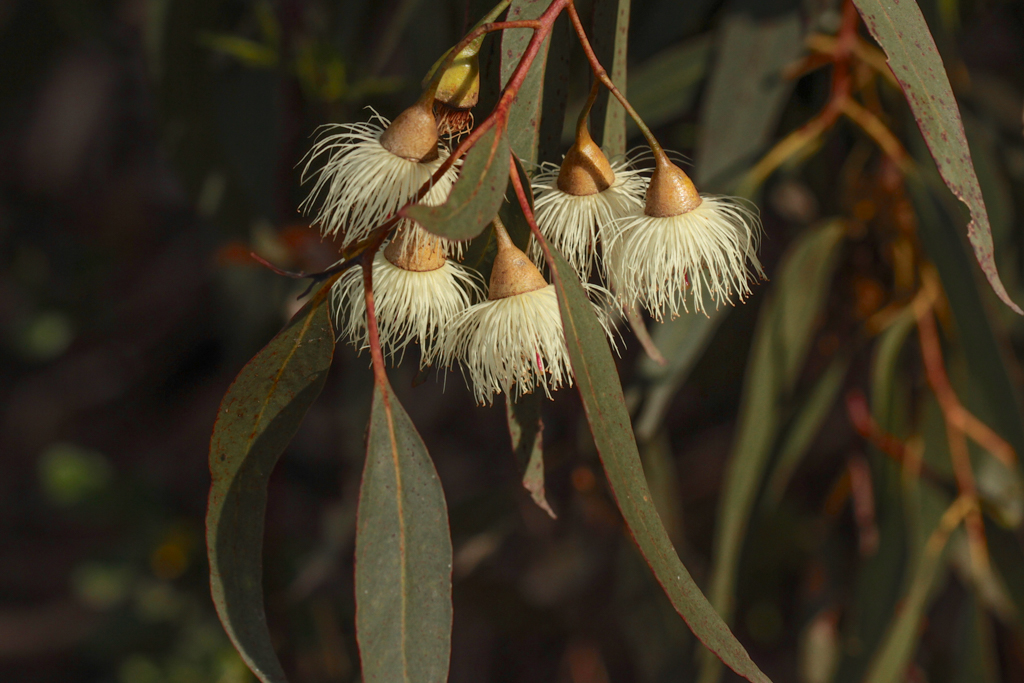
Search our field guide for Westgate Park on your iPhone for the ‘PLANTS & FUNGI WESTGATE PARK APP’.
This app will help you identify many of the plants and fungi in the park and around Melbourne and the regions of Victoria. The app includes the name, description and photos.
More trees, fewer roads!
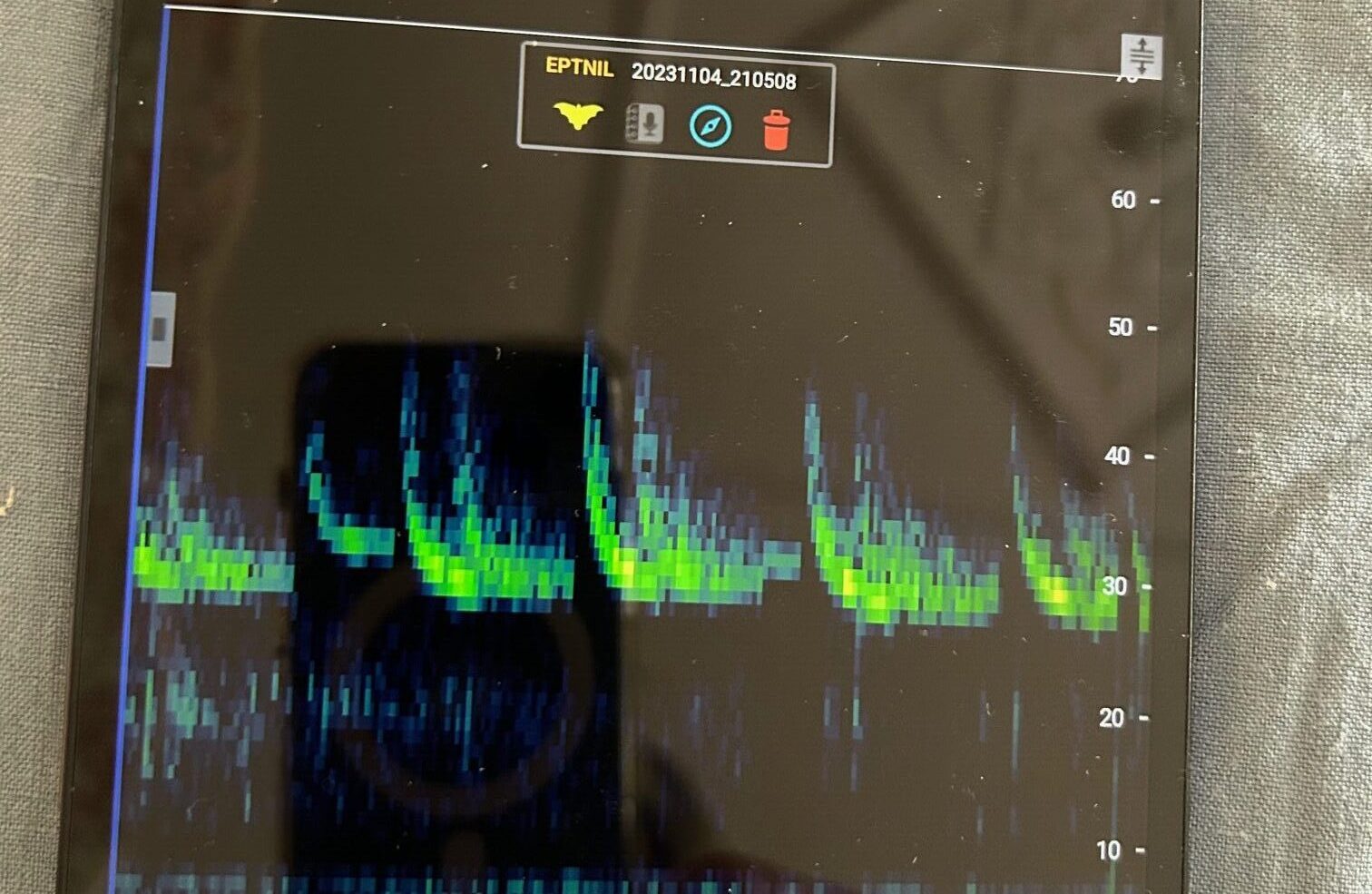
A CSIRO report shows how important insectivorous bats are, their crucial role in ecosystems and the benefits to human society. We now know microbats are using Melbourne’s open green spaces.
To encourage the diversity and activity of insectivorous bats in urban landscapes, we recommend retaining and increasing indigenous vegetation surrounding open areas in urban parks, as well as more strategic planning of new urban parks that further increases tree density in cities.
Yet another good reason to grow and plant more indigenous plant species! See here for the report:
If you would like to join us for a microbat discovery tour, here are the details:
6pm 29 March at the BBQ shelter near the main carpark on Todd Road, Port Melbourne.
Let us know you are coming: contact@westgatebiodiversity.org.au.
2 Mar bird survey

After a couple of hot and drier months than usual, the levels of the two larger water bodies are the lowest they have been since early 2020, but not as low as over a decade ago. Despite the dropping levels more waterbirds are visiting Westgate Park, possibly because other wetlands elsewhere in central and western Victoria are becoming totally dry. Increasing numbers of birds include Pied Stilts and Black-fronted Dotterels around the edge of the saltwater lake, and unusually high numbers of Hoary-headed Grebes, Hardheads and Eurasian Coots plus Australian Pelicans on the freshwater lake.
Interestingly, whilst last month we observed many Superb Fairy Wrens in blue plumage, this month there were almost none, although many were observed with eclipse plumage. Changing back early to eclipse plumage is a sign of stress for the wrens, no doubt due to the extremely dry conditions in the park and elsewhere, resulting in less available food.
Almost no additional species were recorded on eBird for February that were not encountered during today’s bird survey. But there were 3 notable exceptions, a juvenile Sacred Kingfisher, male Australasian Shoveler and a Brown Goshawk all seen and photographed by our regular photographer, Ursula.
Working with Ausbats

The Australian Bat Society is now helping us promote our microbat project. The next monitoring is on 29 March 7pm to 9pm. We will meet at the BBQ shelter, check what’s in the microbat boxes and try to identify the species when in flight using our echo locators.
There is growing interest in the important role microbats play in nature and we are keen to welcome people new to the experience.
